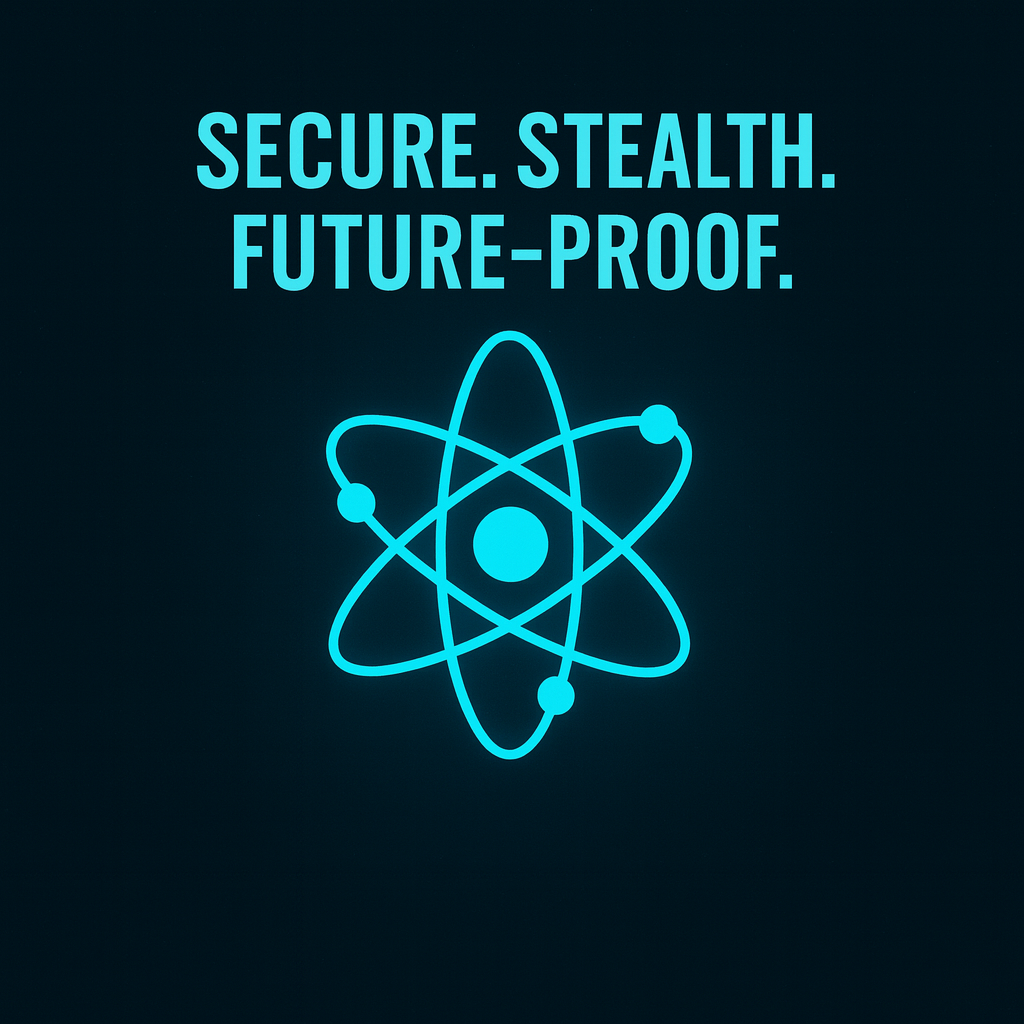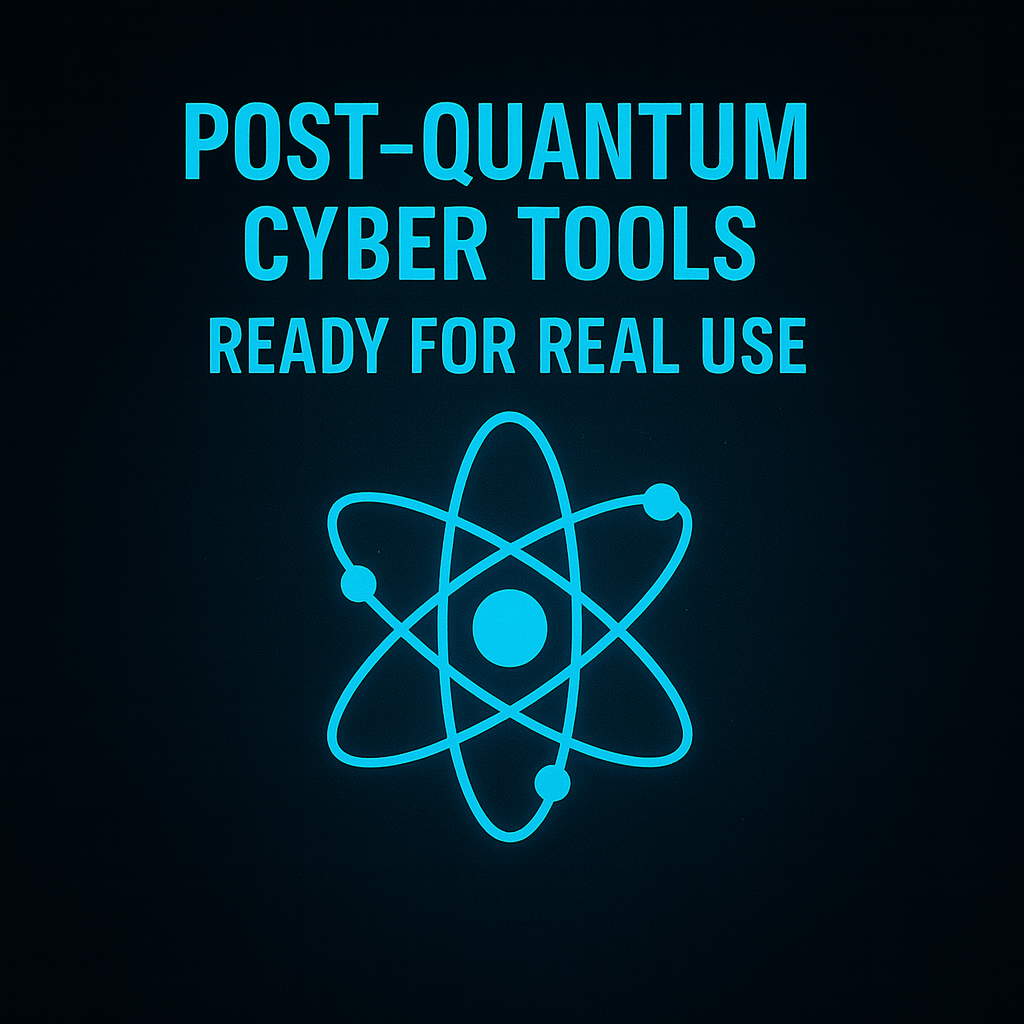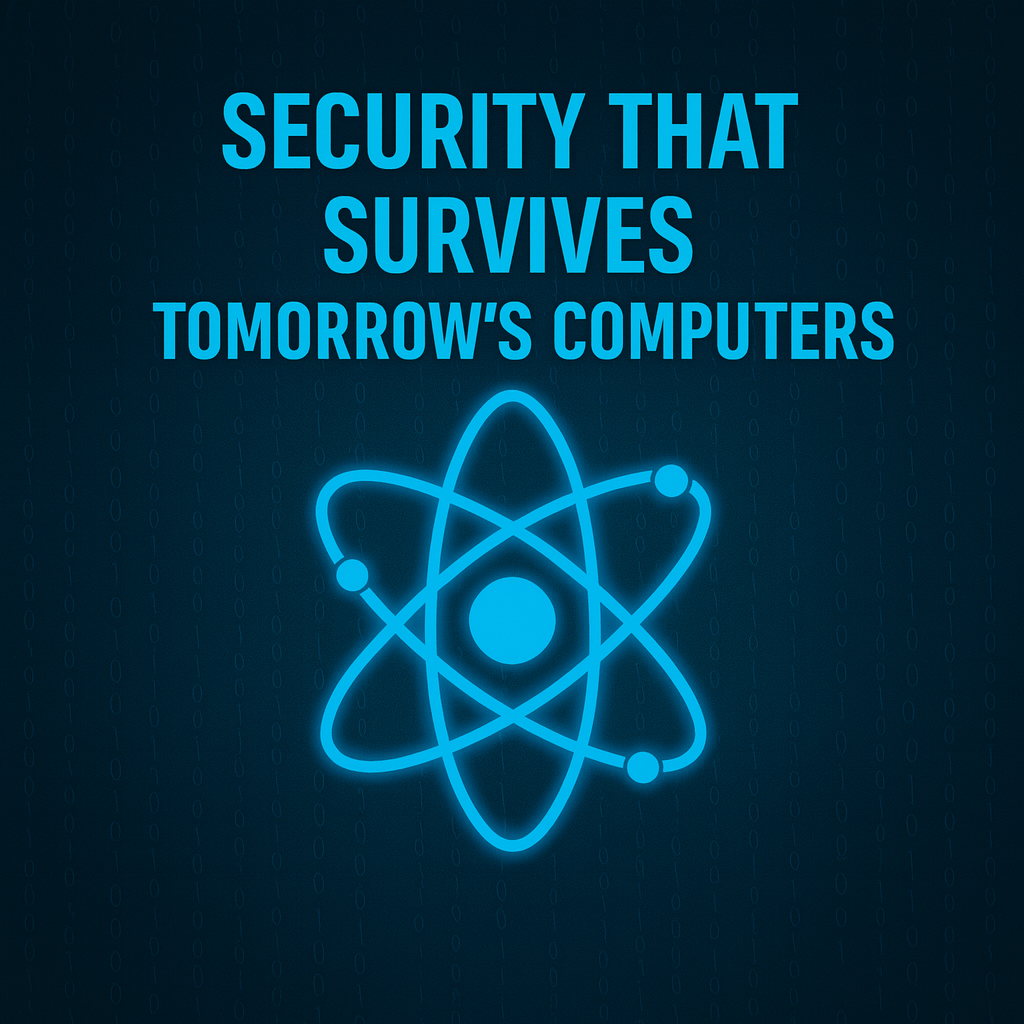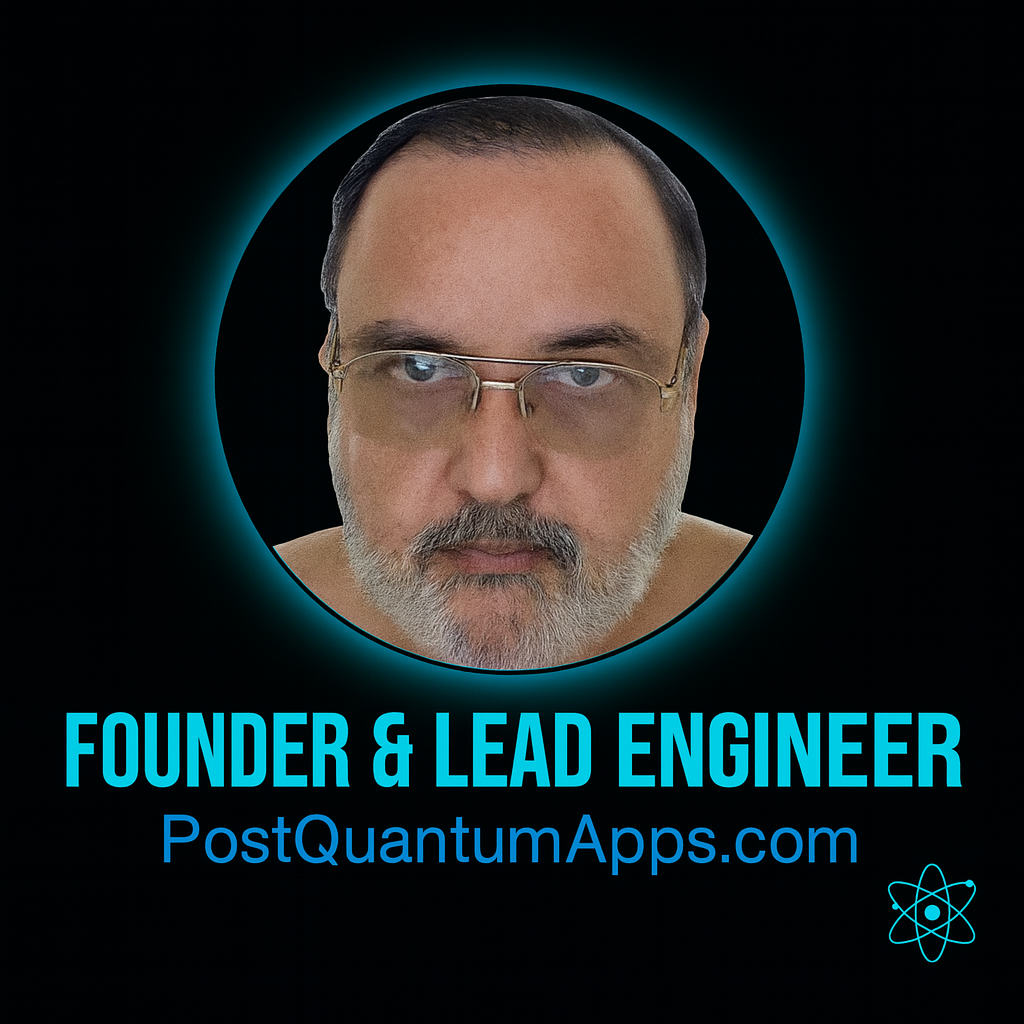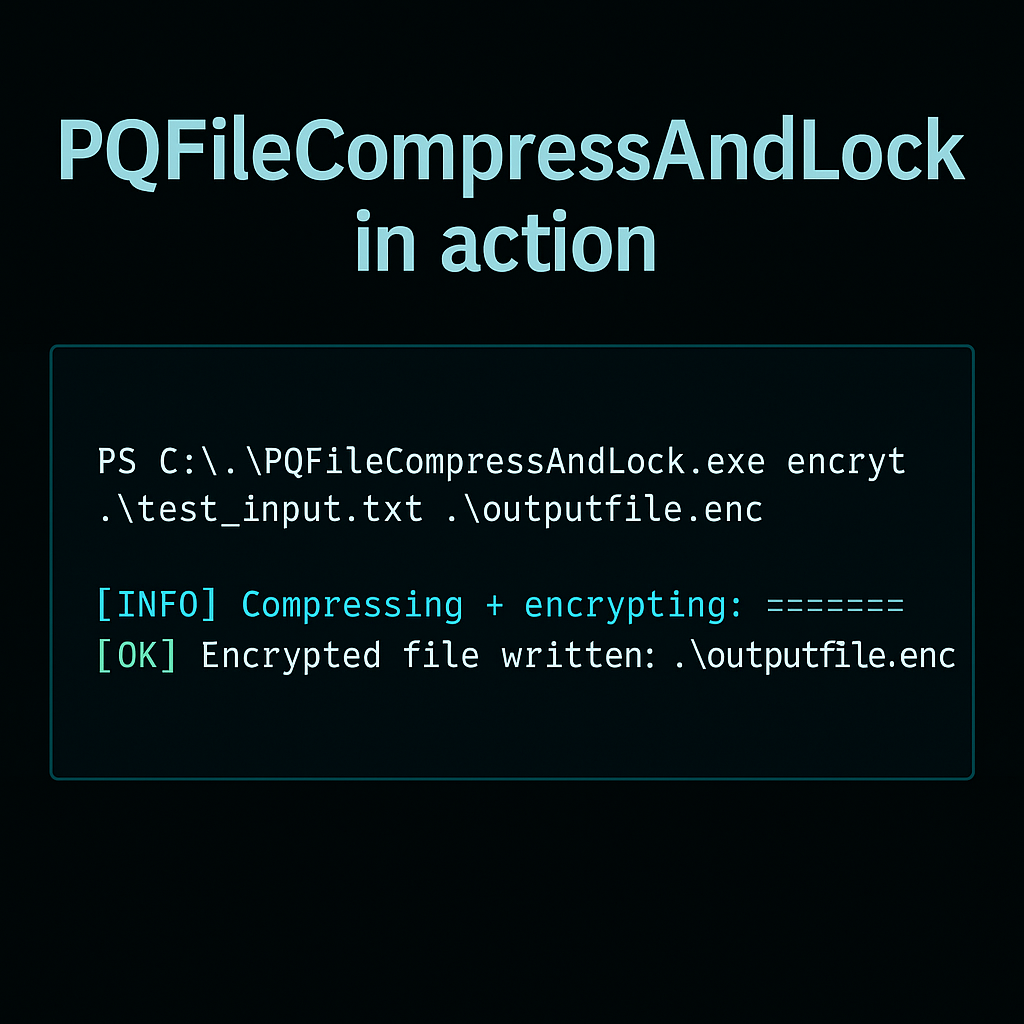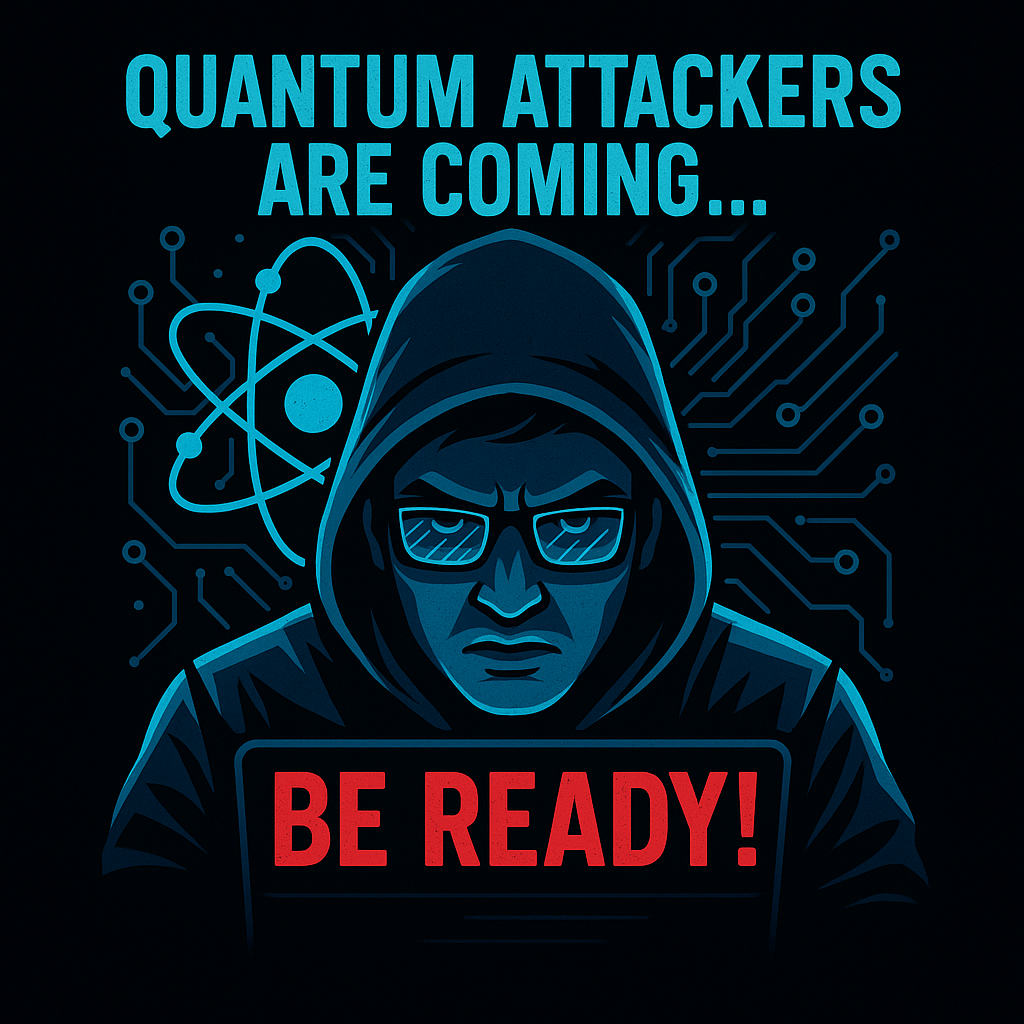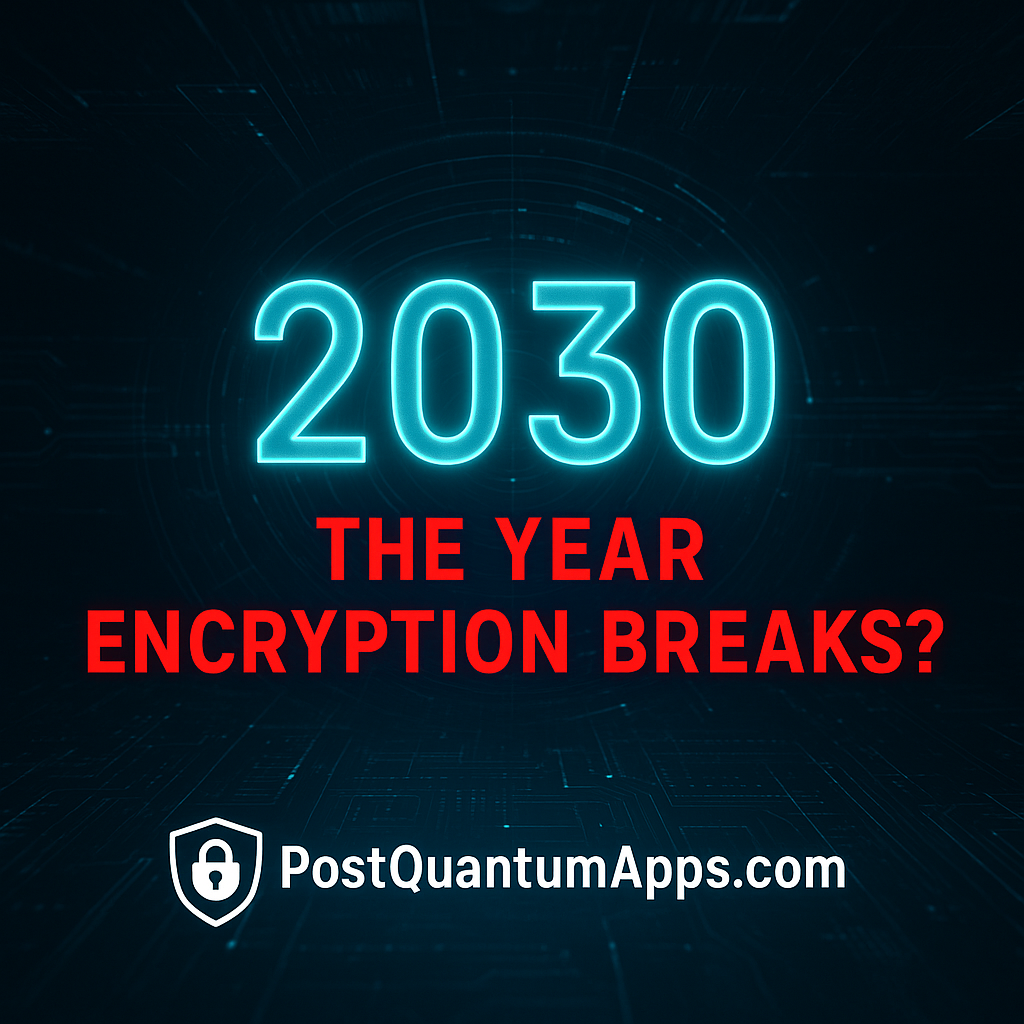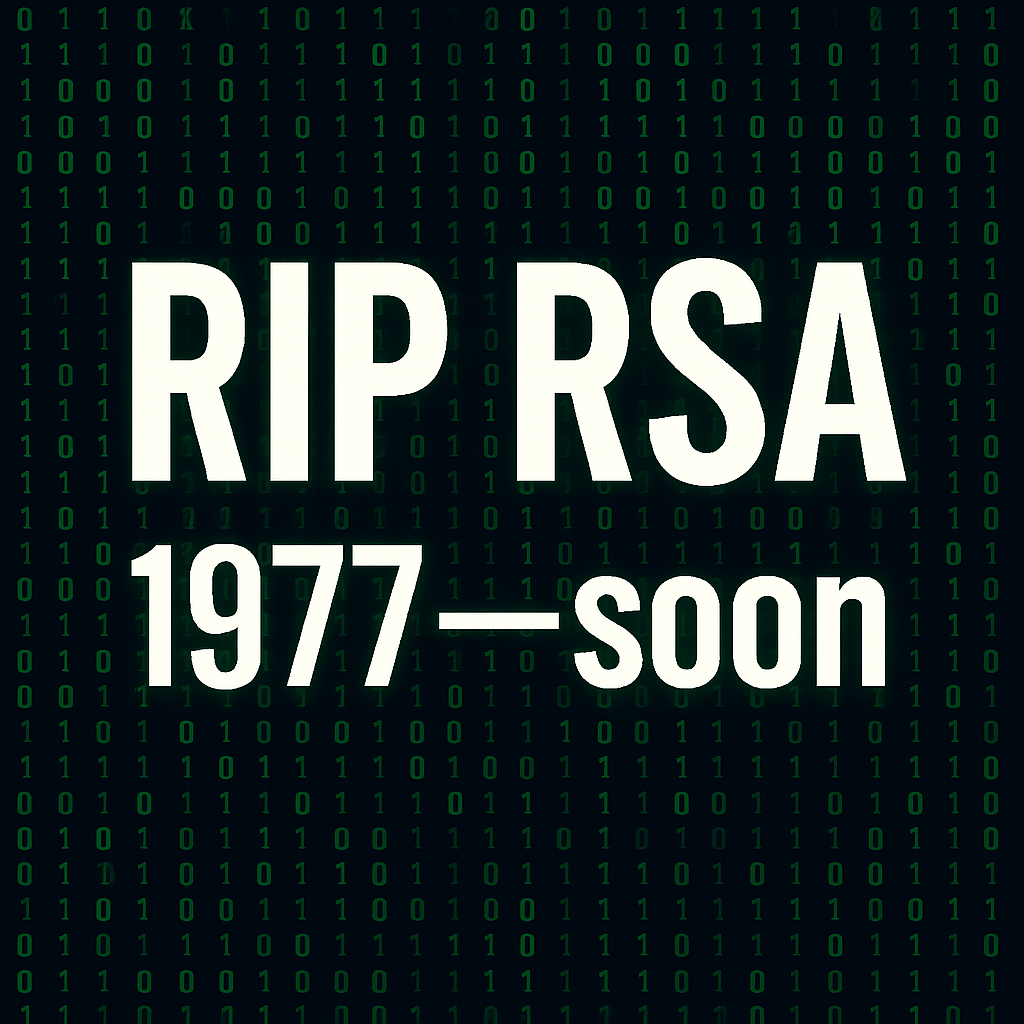⚛️🔗 Turning Weak Entanglement into a Tripartite W State
In 2015, a group of researchers proposed a clever way to transform two non-maximally entangled qubit pairs into a robust three-qubit W state using cavity quantum electrodynamics (cavity QED). Instead of starting with perfect entanglement, they showed how to “upgrade” weaker resources into a useful three-party entangled state.
This is important for quantum networks, where entanglement is often imperfect due to noise and losses.
🧪 What Is a W State?
A W state is a special type of three-qubit entangled state with the form (up to normalization):
-
|W⟩ ≈ |001⟩ + |010⟩ + |100⟩
Its key features:
-
It is a type of genuine tripartite entanglement.
-
It is robust: if you lose one qubit, the remaining two are still entangled.
-
It is very useful for quantum communication tasks such as secret sharing and distributed protocols.
🧠 The Proposed Cavity QED Protocol
The core idea:
-
Start with two bipartite entangled states (two entangled pairs), but not necessarily maximally entangled.
-
Use atoms trapped in optical cavities as the physical qubits.
-
Carefully design the interactions between atoms and cavity fields, plus conditional measurements.
-
Through this process, the initial weak entanglement is converted into a tripartite W-class state shared by three atoms.
Key points:
-
🧩 The protocol shows how to concentrate and redistribute entanglement.
-
🧪 It is based on realistic cavity-QED interactions, making it interesting for experimental implementation.
-
🔐 It supports future architectures where multiple distant nodes share entanglement for secure communication.
🔐 Why This Matters for Quantum Networks
-
📡 Better use of noisy entanglement
In real-world channels, entanglement is rarely perfect. A protocol that upgrades “weak” entangled states into useful three-party entanglement is very valuable. -
🕸️ Building blocks for quantum internet
Robust W states can be used in multipartite protocols, error detection and distributed tasks between three or more nodes. -
🛡️ Resilience
Because W states keep some entanglement even if one qubit is lost, they are attractive for fault-tolerant communication.
This work shows a pathway to turn limited entanglement resources into powerful shared quantum correlations — a key step toward scalable, realistic quantum networks. 🌐⚛️



